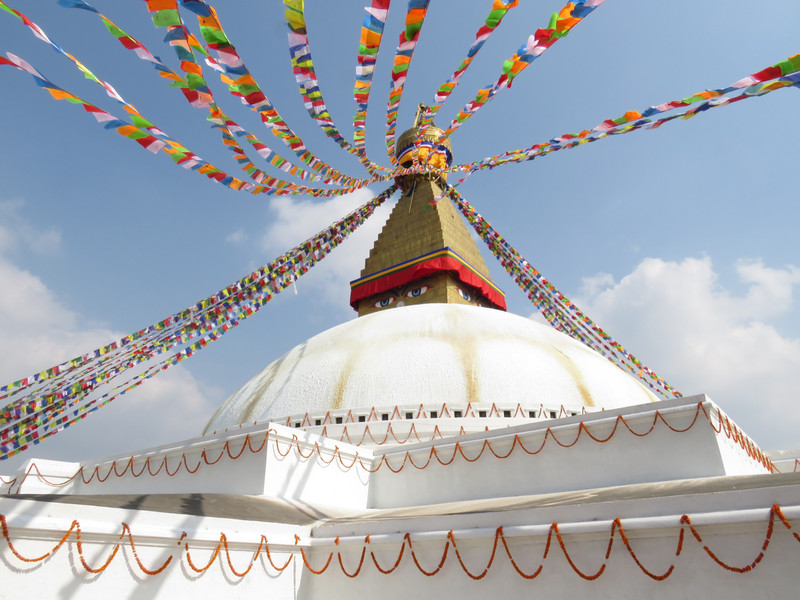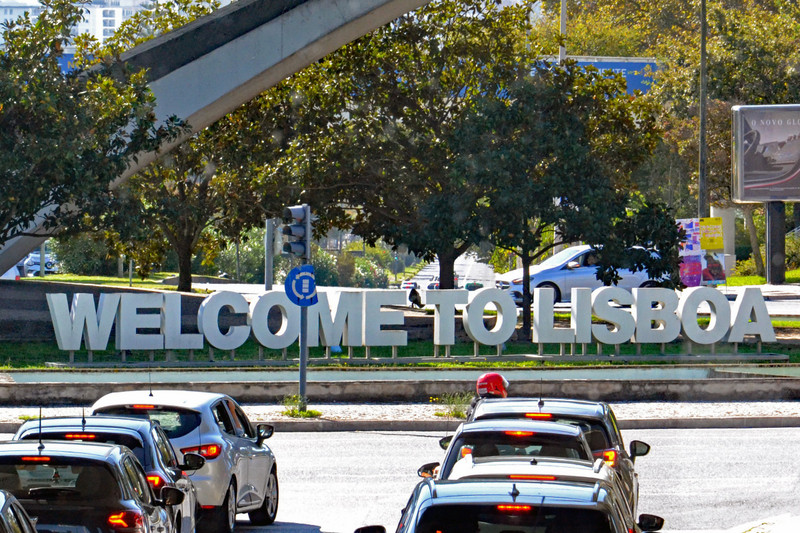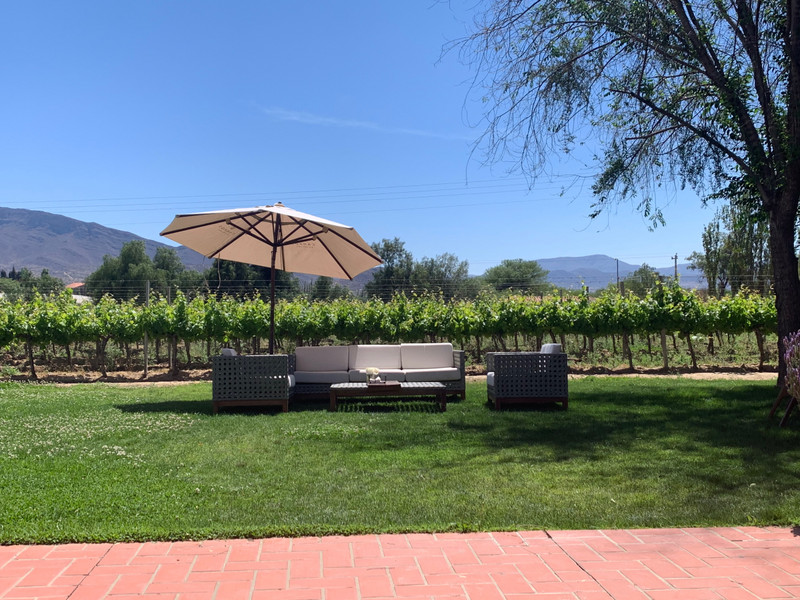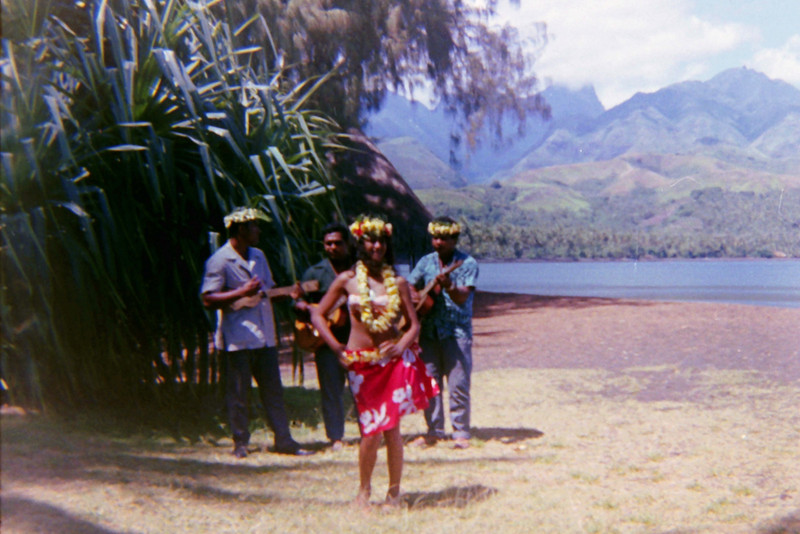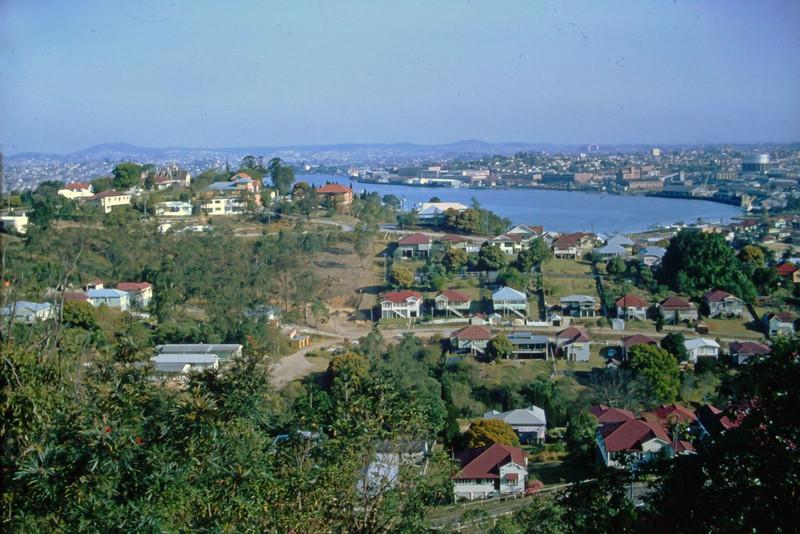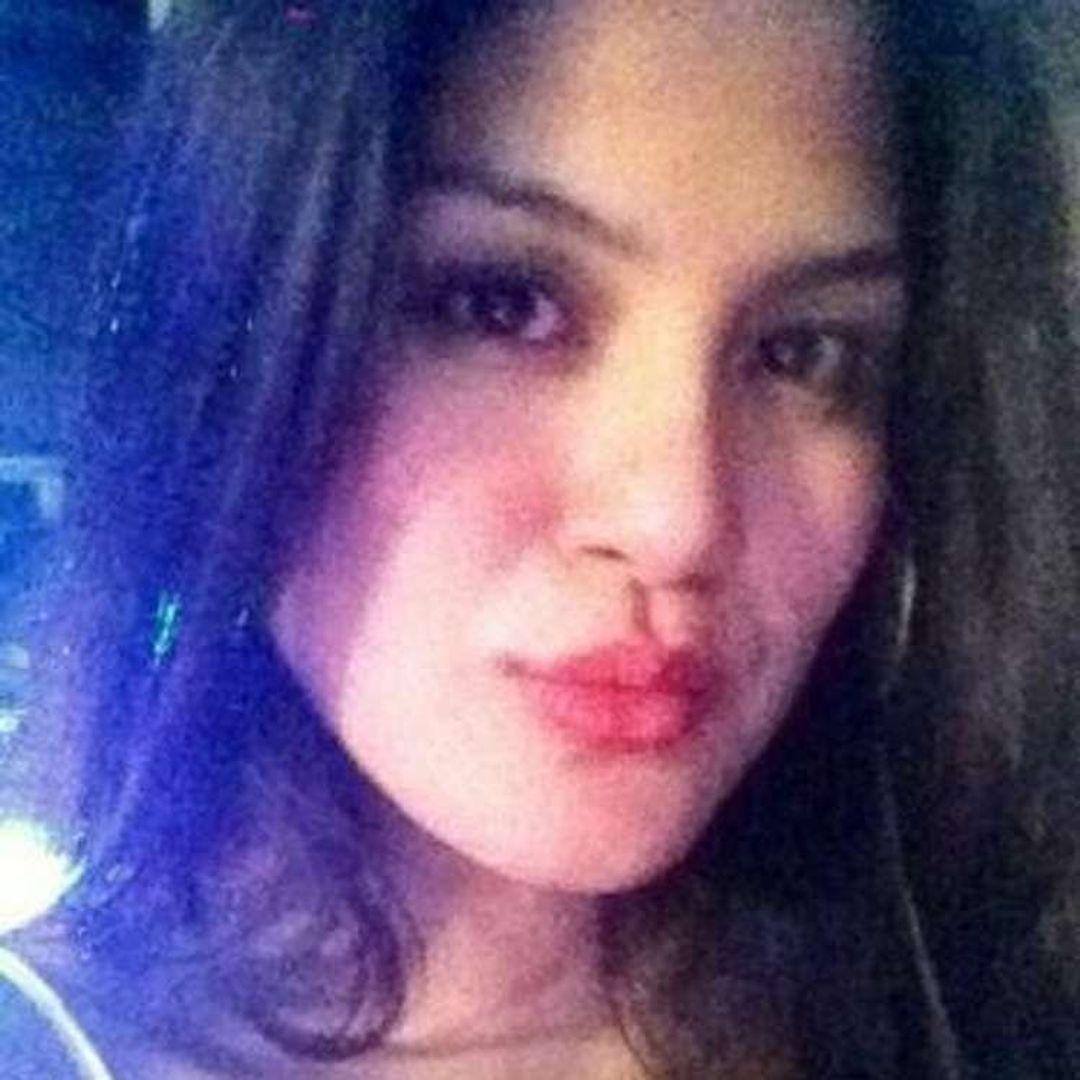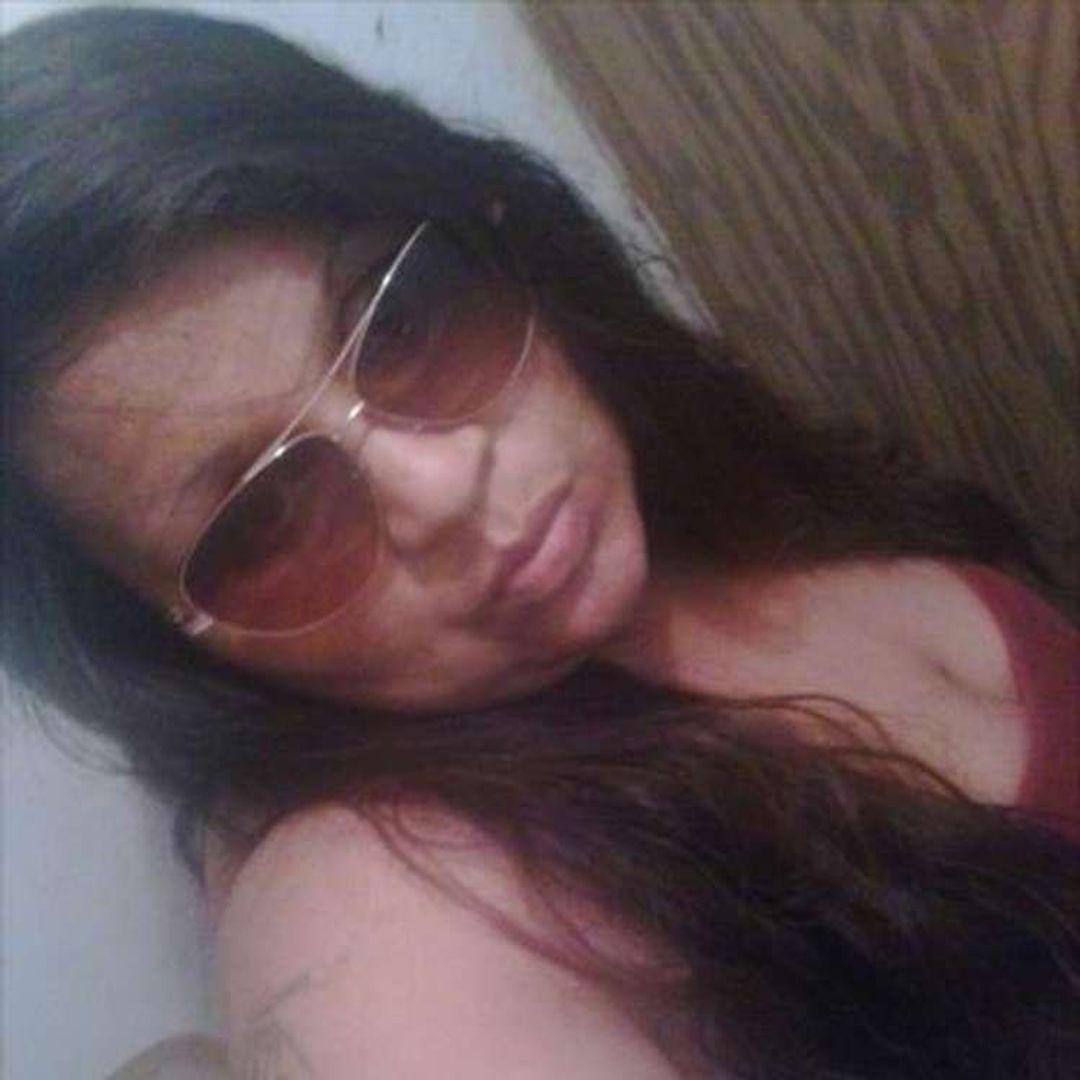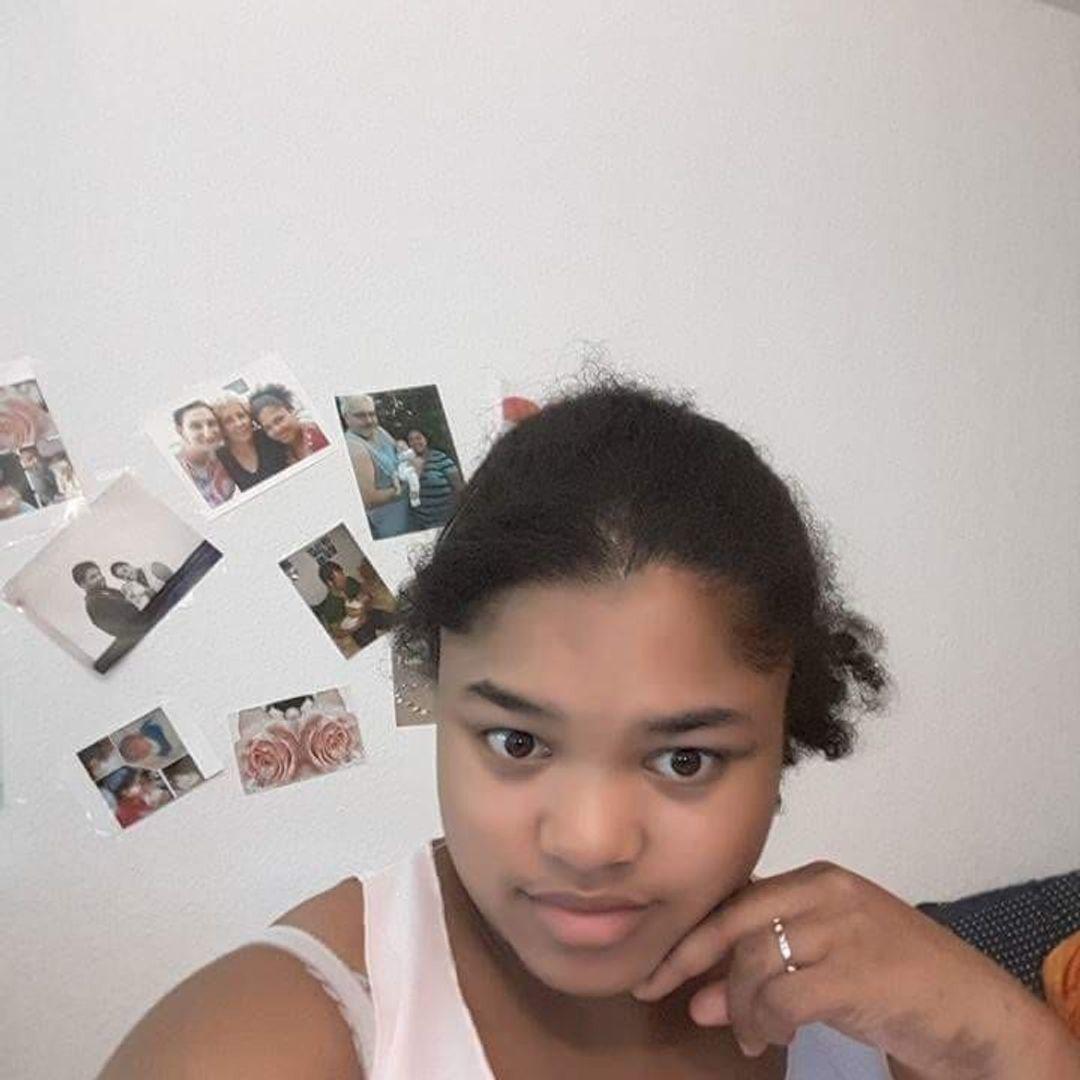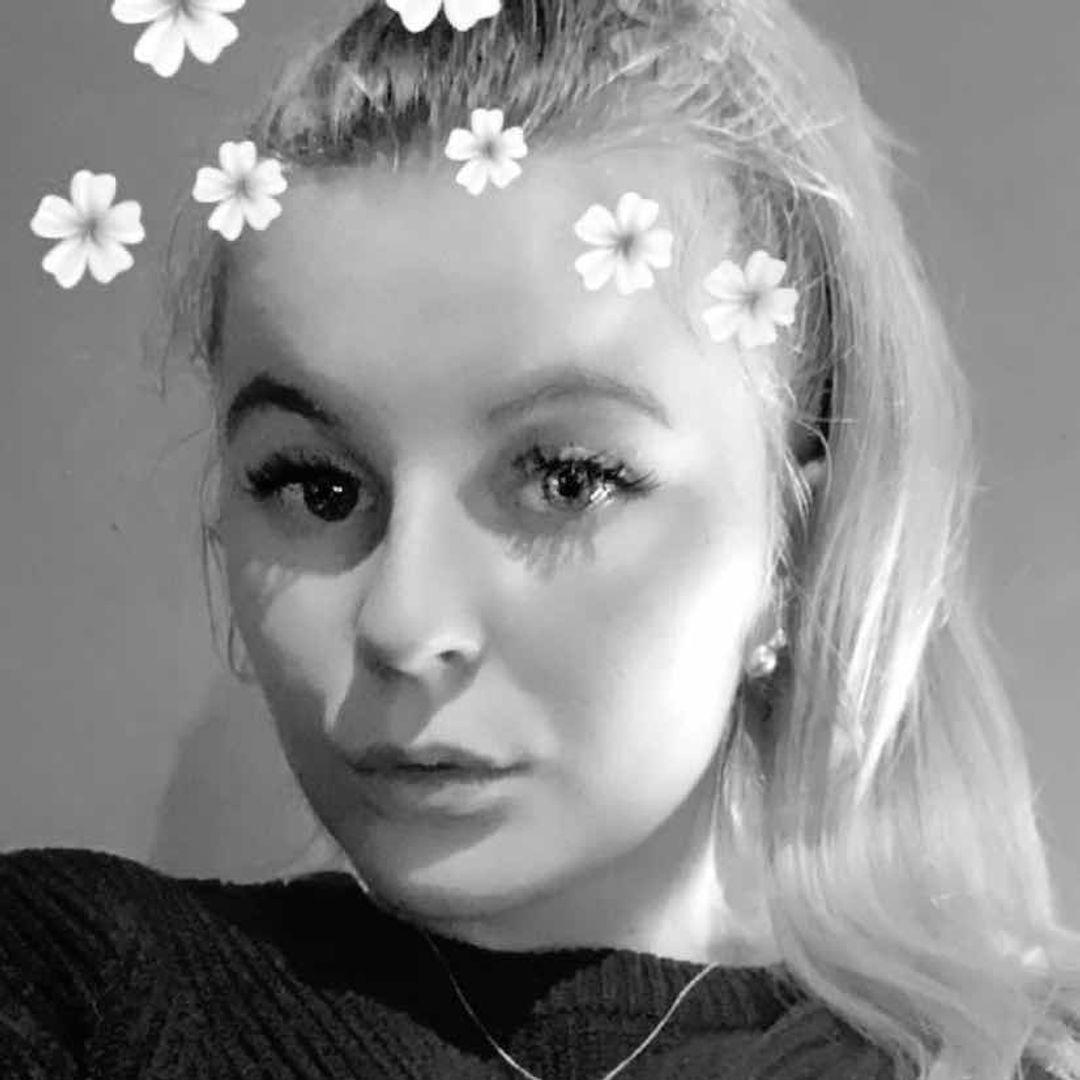I cant put off writing this travel blog any longer. And I resent writing it now – as everyone who had fantastic travel plans and had to cancel them resents the way covid has changed the world. Though I should consider myself fortunate that covid has affected only my travel plans.
I had a week in Nepal in November 2019. I went from meeting to meeting not leaving Kathmandu to establish collaborations and plan subsequent field visits for my research. Then two weeks in Nepal in February 2020 where I visited project sites in Kathmandu Valley and the lowland Terai region. The next visit in April was going to take me to the projects in the high Himalayas: in Mustang, in Far West Nepal, and around Tsho Rolpa Lake. From a research perspective, my project suffered from being unable to incorporate those locations, though I adapted the research and it has still been productive. From a personal perspective, I am gutted that I have been to Nepal twice and not been into the Himalayas!
I planned to write a single Nepal travelblog at the end of the three trips. I now have one month left
on my fellowship at Kyushu University in Japan and have reluctantly accepted there is no way the third trip will happen. Therefore, here is a Nepal travelblog that is written with some love (Nepal was still great on those first two trips) and some spite (that I couldnt make the third trip).
When I say I went from meeting to meeting, that was not entirely accurate. I often had a meeting in the morning then the rest of the day free. In such cases I could squeeze in a bit of sightseeing then work from one of Kathmandus many excellent cafes in the afternoon (great coffee, great fruit shakes, great cakes and I could stock up on books in English to bring back to Japan).
Perhaps the most sights in Kathmandu are the Durbar Squares, of which there are three: in Kathmandu, in Patan, and in Bhaktapur. While these were formerly three cities, they are all now essentially Kathmandu. A Durbar Square translates as a royal square and represents a plaza containing all manner of temples, statues and fountains in front of a royal palace. You may unwittingly know of these squares from videos of
the 2015 earthquake that showed many of the structures collapsing. Restoration is underway but many of the former sights in the squares remain piles of rubble. The squares are best wandered through at night when they are dimly lit and quiet, though still but not full of tour groups (and free).
I also visited Swayambhunath Stupa, aka the monkey temple. Its easy to see how it gets its name when across the troops of holy monkeys if you wander over the back under the countless strings of prayer flags. The highlight is perhaps the view of the city and the surrounding hills through the veil of smog. Boudha Stupa is a massive bright white stupa in Boudhanath surrounded by monasteries; definitely worth a visit. Kirtipur is nice to stroll around with its many temples, stupas, fountains, few people and good views over Kathmandu.
I reached many of these places on foot, which could sometimes be an hour or so walk on mucky roads with screaming motorbikes, over grey rivers. Like many Kathmandu locals, I wore a facemask (this was due to the dust and pollution that will have you
coughing after a short walk. Despite the horrible bits, these walks would bring me past temples seemingly around every corner, ancient buildings, ornate stone spouts that have been providing groundwater for religious and domestic purposes for centuries (thrilling to a hydrogeologist), markets, and more excellent cafes.
I did really like Kathmandu. Even the area of Thamel is still rewarding for a stroll, especially if you need some trekking gear (I came back with a new camping stove and a sleeping bag). I also never once experienced any hassle to buy anything, book anything, give anyone anything, or follow someone somewhere, unlike happens relentlessly in countries (well, one country) not too far away.
Travelmates near
